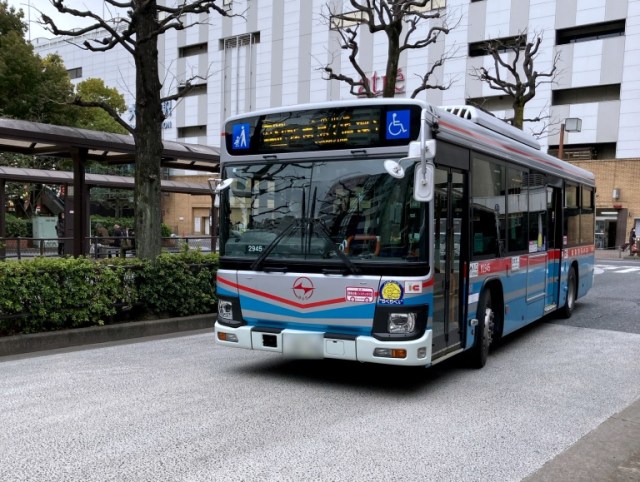
Mr. Sato gets off the beaten path and finds a new part of Tokyo to fall in love with.
In the city center, Tokyo is definitely a train and subway kind of town. With so many lines crisscrossing the heart of the capital, you’re rarely much more than a 10-minute walk to at least one station. But it’s a different story once you get a little outside downtown, away from the towering office buildings, trendy shopping complexes, and major tourism attractions. Rail stations become farther spread apart, and now it’s buses that take people around neighborhoods with a more local vibe, and also to some very cool off-the-beaten-tourist-path places.
Our ace reporter Mr. Sato has recently taken to riding the loop line busses that head out from some of Tokyo’s train stations and do a circuit of the area before heading back, exploring parts of the city that he’s remained largely unacquainted with despite living here for most of his adult life. His most recent exploration excursion took him to Omori Station on the Keihin Tohoku Line, on the southeast edge of downtown.
Following a reader recommendation, he was here to ride the Keikyu Bus Mori 32 Jonanjima loop line, which leaves from, and then later arrives back at, the station’s east exit.
▼ The Keikyu Bus Mori 32 Jonanjima line, written in Japanese as 「京急バス(森32) 城南島循環 and marked in green on this map, heads east from Omori Station, towards Tokyo Bay.
During the middle of the day, the bus only runs about once or twice an hour, so Mr. Sato made sure to check the sign at the bus stop to make sure he wouldn’t miss the next one.
▼ Keikyu Bus Mori 32 Jonanjima schedule (departures from Omori Station) for weekdays (平日), Saturdays (土曜), and Sundays and Holidays (日祝). Hours are shown in dark blue column, and minutes in others. For example, there are buses at 2:20 and 2:55 p.m. on weekdays, 2:10 and 2:45 on Saturdays, and 2:35 on Sundays/holidays.
While waiting for the bus, Mr. Sato walked around a bit and found a panel commemorating a bit of local history.
Back in the day, he learned, Omori was the largest producer of nori (dried seaweed) in all of Japan, a distinction it had from the Meiji era (which started in 1868) all the way up to the early Showa period (which began in 1926).
These days, though, a lot of Omori’s land is used for factories, warehouses, and for the Tokyo Metropolitan Central Wholesale Market’s Ota Market, which is the second-largest in Japan, behind only the capital’s Tsukiji-successor Toyosu fish market.
Mr. Sato was keen to check the market out, and as he got closer he wondered which stop he should get off at.
The market is so big that it has no fewer than four bus stops, some of which are actually inside the facility.
Those four stops are Ota Shijo Jimuto (大田市場事務棟), Ota Shijo Kitamon Nishi (大田市場北門西), Ota Shijo Suisanto-mae (大田市場水産棟前), and Ota Shijo Seimon-mae (大田市場正門前). Mr. Sato recommends getting off at Ota Shijo Suisanto-mae, since it’s close to the part of the market where individual visitors can buy things, and also where the restaurants are located.
Hopping off the bus and entering the market, the map showed a ton of booths for fruits, vegetables, seafood, and dried foods. However, like most wholesale markets, most of the action takes place early in the morning, so if you arrive around lunchtime, like Mr. Sato did, it’s going to be pretty quiet.
But luckily a handful of restaurants were still serving, and Mr. Sato was lured into one called Sanyo Shokudo by the cheerful voice of its owner, who was beckoning Mr. Sato to come on in.
▼ Sanyo Shokudo (三洋食堂)
It was just last month that Mr. Sato stopped by the Toyosu fish market and was shocked by all the “Inbound Don,” as rice bowl meals in touristy areas with jacked-up prices aimed at travelers from overseas have come to be called. With the Ota Market not being on tourist radars, though, things here are much more reasonable. When Mr. Sato asked Sanyo Shokudo’s owner what she recommended, she told him “You can’t go wrong with the Tuna Chutoro Blocks and Jumbo Fried Shrimp Set,” which is priced at 1,400 yen (US$9.40).
She was as good as her word. The shrimp was right out of the fryer, crisp and delicious, and the cubed chutoro (fatty tuna) was mouthwateringly moist and flavorful, practically melting in his mouth.
Sinc he still had some time before the next bus, Mr. Sato squeezed in a quick cup of coffee at Ray’s Coffee, a coffee bean wholesaler that also has a little drink-in cafe inside the market. The Emerald Blend he ordered was exactly how he likes it: with a strong flavor but a clean finish.
▼ And for the record, the saucer was completely clean when the staff served him. Those drops are because Mr. Sato spilled his coffee after that.
Back on the bus, the route continued heading east, passing buy wharfs with construction materials and factories.
But as they got closer to the part of the route where the bus turns back towards the station, Mr. Sato started noticing more and more planes flying overhead.
That’s because the easternmost bus stop on the route, Jonanjima Yonchome (城南島四丁目), is close to Jonan Kaihin Koen, or Jonan Seaside Park.
“Jonan” translates as “south of the castle,” and the neighborhood probably got that name because it’s on the bay south of where Edo castle, the home of the shogun, was during the samurai era. These days, though, the notable landmark is what’s a little further south from the park, which is…
…Haneda Airport.
Because of how close Jonan Seaside Park is to Tokyo’s air hub, airplanes pass overhead one after another. They’re so close that they’ll pass by pretty quickly, so you’ll want to have your camera out and ready if you want to snap photos.
Of course, with a name like Jonan Seaside Park, it’s also got great views of the water…
…and you can also admire the Tokyo skyline, with both Tokyo Tower and the Skytree visible.
It’s a park with a very unique vibe. It doesn’t tend to get very crowded, so it’s a great spot for some quiet, introspective reflection, but the surrounding scenery, with people going to and arriving from all parts of the world, can stir something adventurous in you too as you watch. There really aren’t many places like it in the city, and for Mr. Sato, who grew up in the countryside where it’s a little easier to find such peaceful pockets to decompress in, he was happy to have found one.
There are also more than a few stray cats in the park, who seem to be accustomed to human visitors, as they didn’t shrink or scamper away when they spotted Mr. Sato looking at them.
After getting back on the bus once more and heading west, the next stop Mr. Sato got off at was Omori Kaigan Station. Not to be confused with Omori Station, this is the closest stop to Shinagawa Aquarium.
Originally opened in 1991, the Shinagawa Aquarium is less flashy than Tokyo’s other aquariums, but it has a retro charm of its own. Mr. Sato wasn’t going to have time to stop in and see the aquatic life on this day, but he did have enough space in his schedule to squeeze in a quick trip to the gift shop…
…where he treated himself to some trippy tentacle ear accessories.
But also, right across the street from Omori Kaigan Station, is Roleans.
Roleans Coffee and Bar is the full name of the establishment, but they also have cakes and sandwiches, as their signboard will tell you. Roleans Cakes and Sandwiches isn’t the only alternative name they could have gone with, though, as they also could have accurately called themselves Roleans Jazz and Gramophones.
To get into Roleans, you’ll need to take the elevator up to the building’s ninth floor, but when you get off, it’ll also feel like you’ve taken it back in time.
The interior is stylishly retro, right down to the vintage audio equipment used to play jazz as you eat, drink, and relax.
▼ Yes, they even use the gramophones sometimes…
▼ …and they hold live music performances too.
Sometimes cafes like this can feel a little intimidating for first-timers in Japan, since some of them have a clientele made up almost entirely of regulars who’ve become personal acquaintances of the owner. But Roleans has an extremely welcoming atmosphere, and its friendly, cordial silver-haired owner is just the sort of mature gentleman Mr. Sato hopes to be one day.
With soothing jazz coming from a record playing on a turntable, Mr. Sato took a seat by the window and waited comfortably for his order, a dark-blend coffee and a slice of Basque cheesecake (1,400 yen as a weekday set).
They tasted exactly like he’d expected they would at a cafe like this: flavorful, and smooth, with the rich cheesecake blending with the robust coffee like a pair of seasoned jazz musicians who’d learned to make beautiful music together and make it look effortless.
After that, it was back on the bus for the final leg of the circuit and returning to Omori Station.
In the end, Mr. Sato was right back where he’d started, but richer and happier for the experience of riding the Keikyu Bus Mori 32 Jonanjima, having been reminded that it’s not the destination so much as the journey that’s important, and that there’s no end to the cool stuff to be found in Tokyo as long as you keep looking.
Related: Tokyo Metropolitan Central Wholesale Market Ota Market, Shinagawa Aquarium, Roleans
Photos ©SoraNews24
● Want to hear about SoraNews24’s latest articles as soon as they’re published? Follow us on Facebook and Twitter!
[ Read in Japanese ]

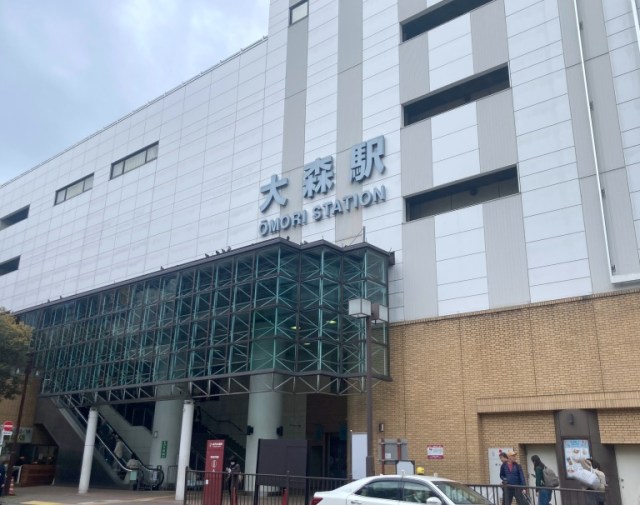
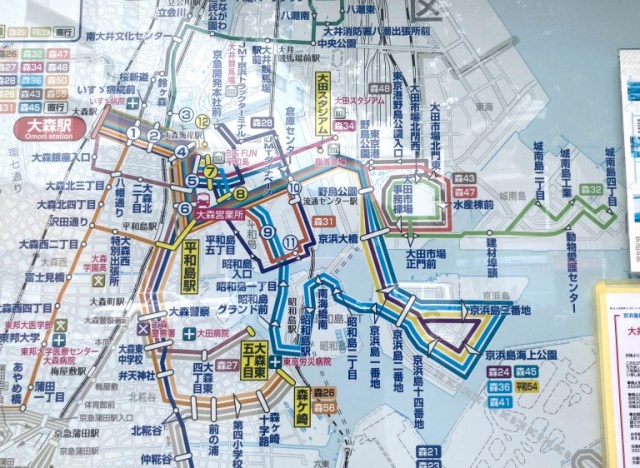
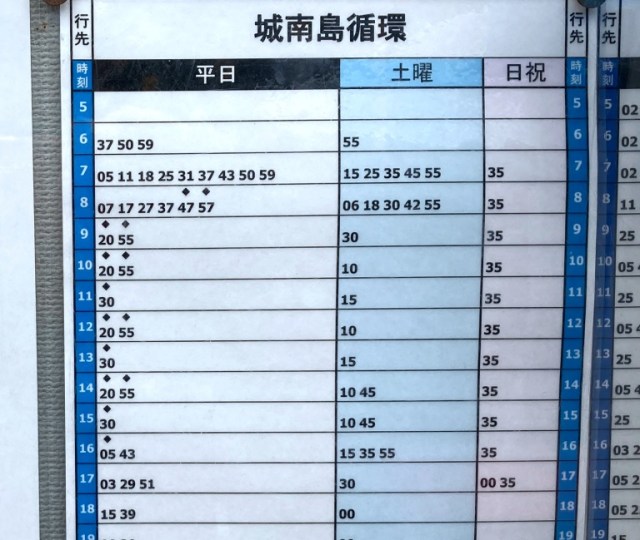
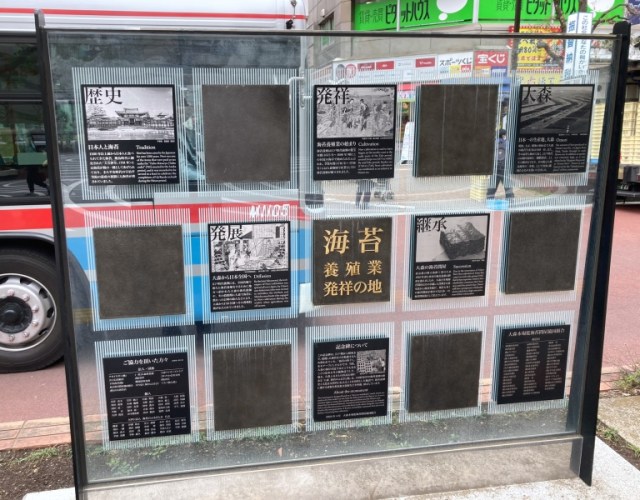
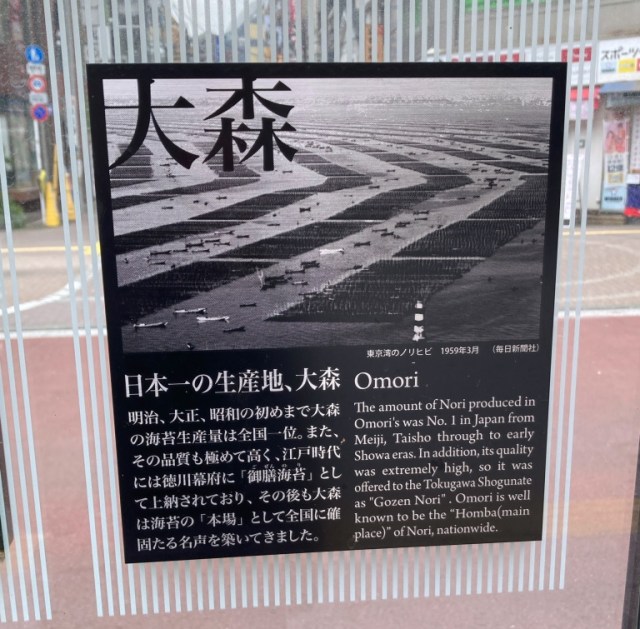
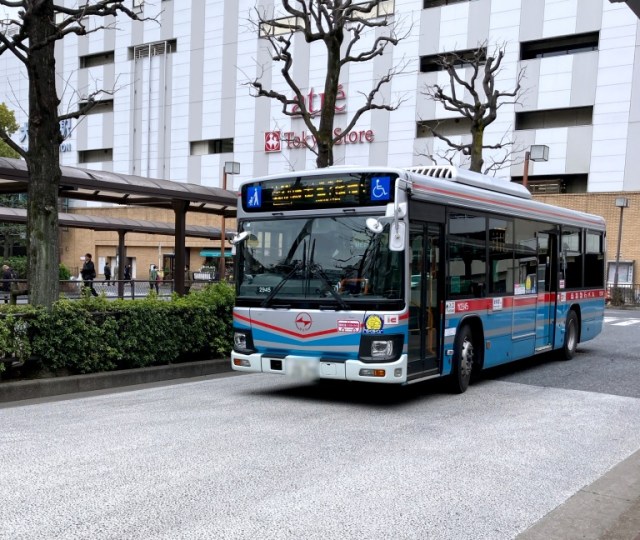
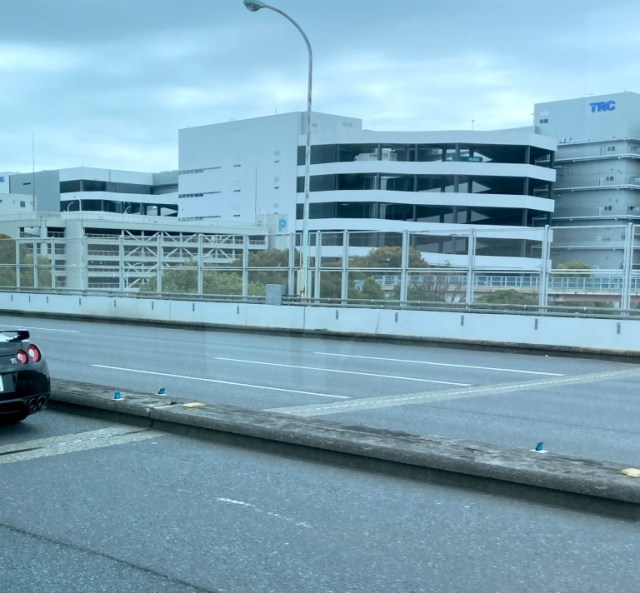

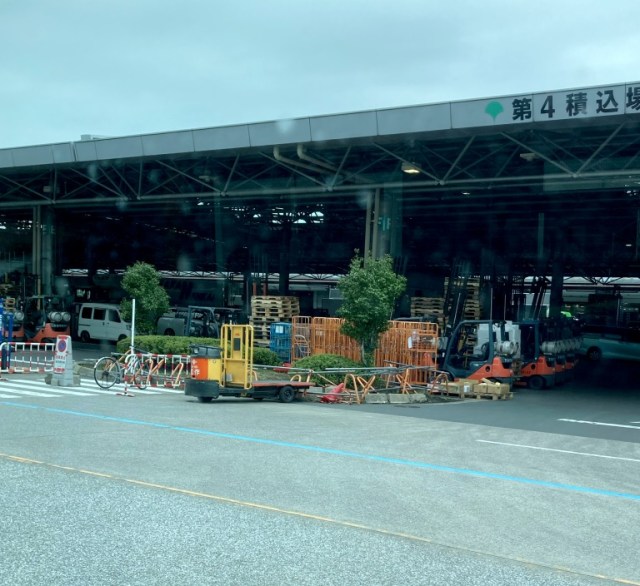
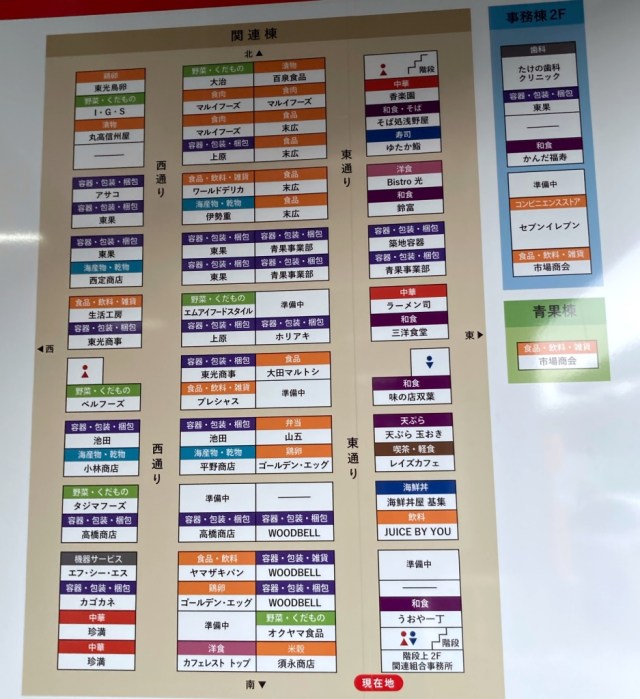
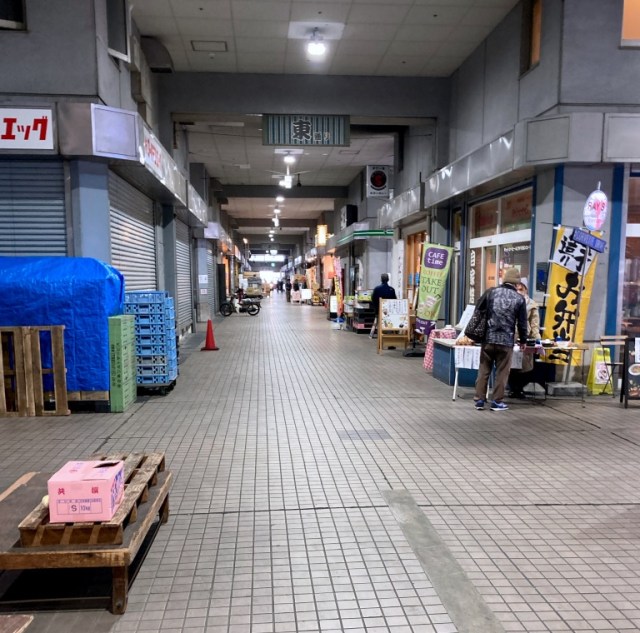

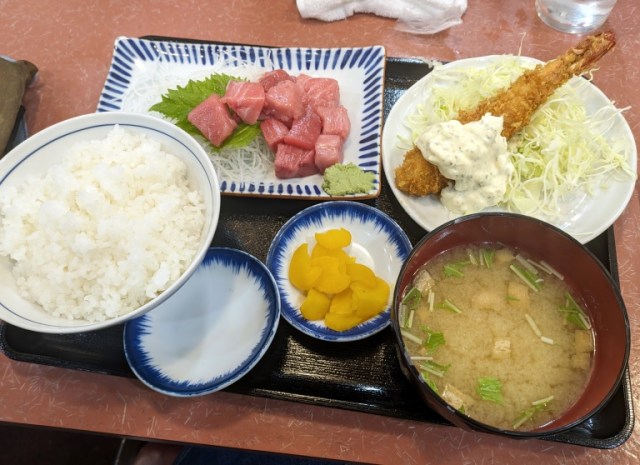
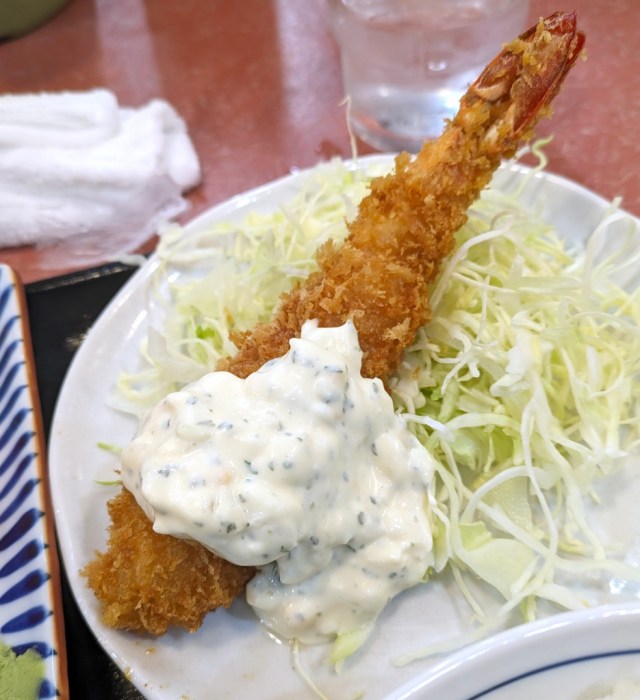
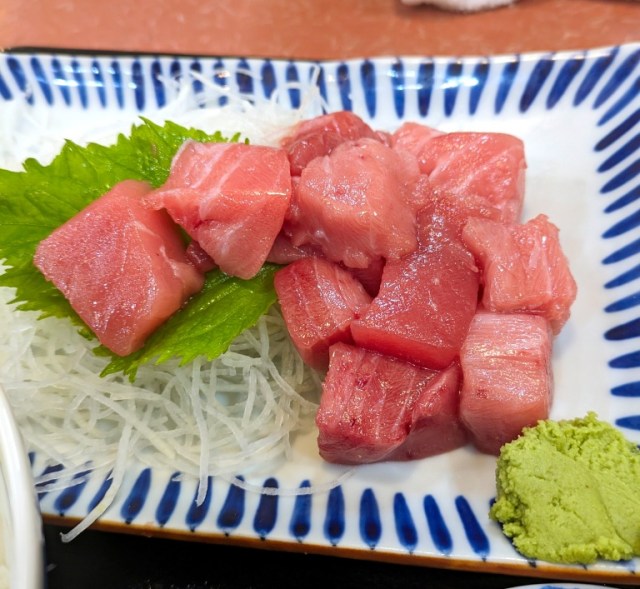
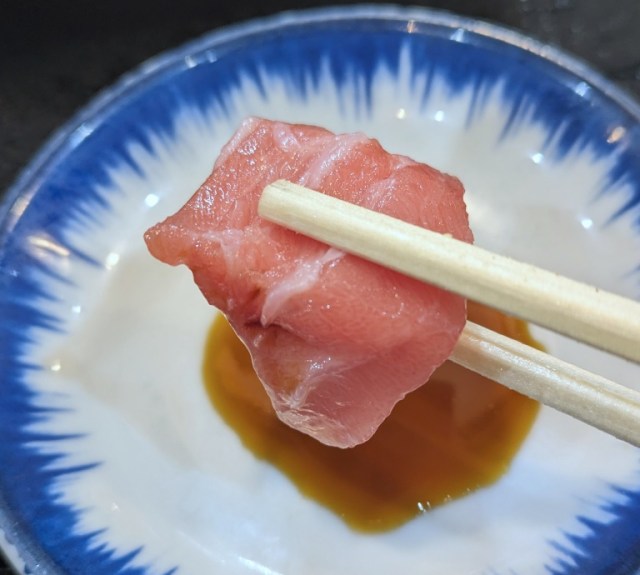

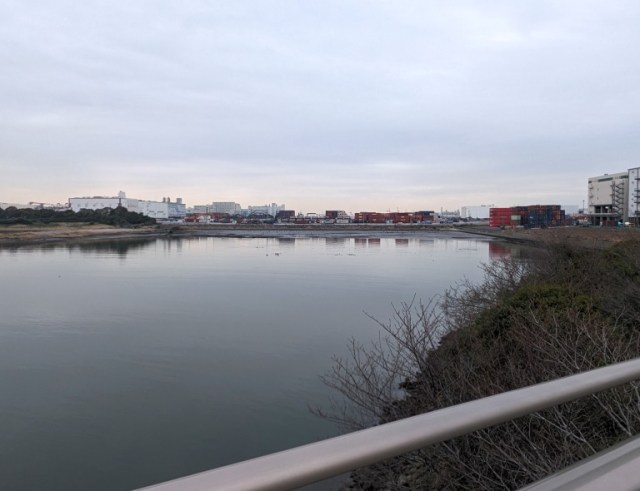
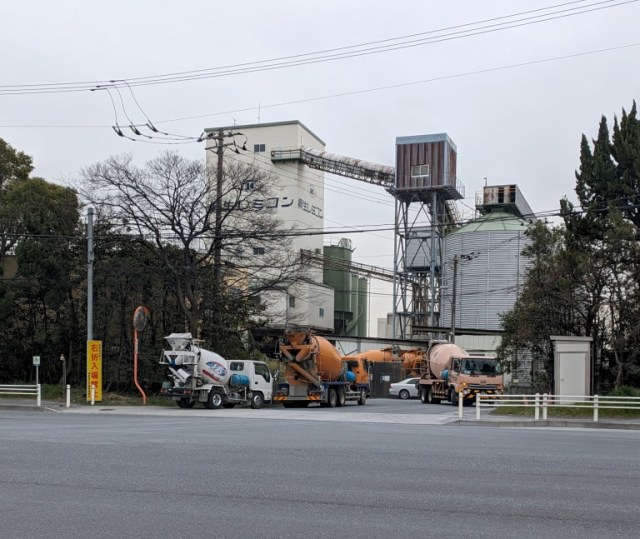
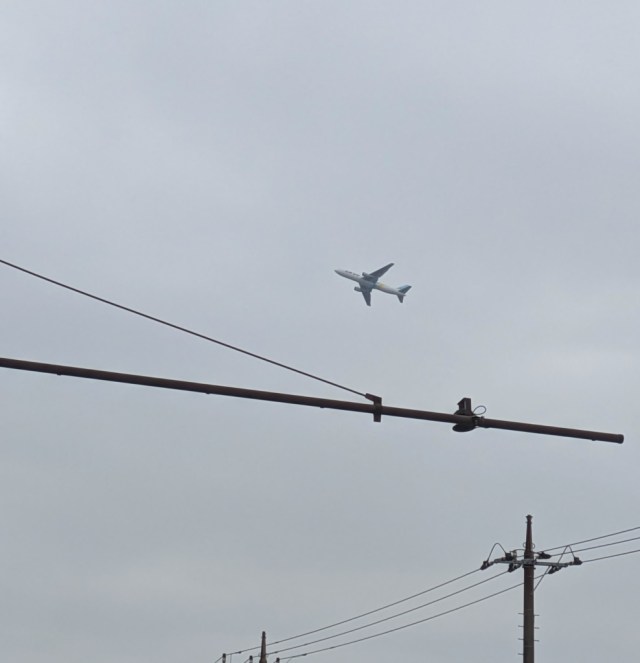
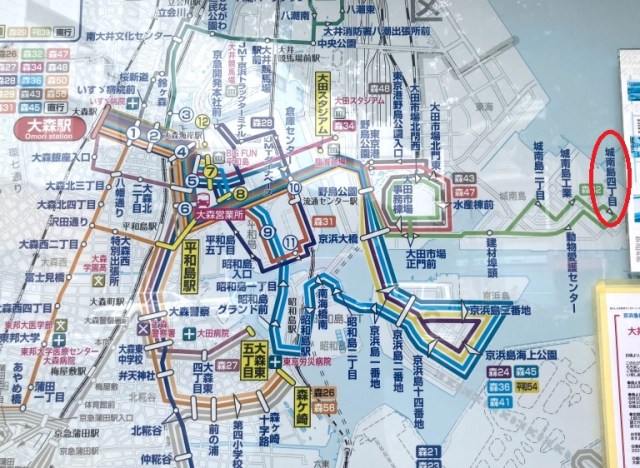
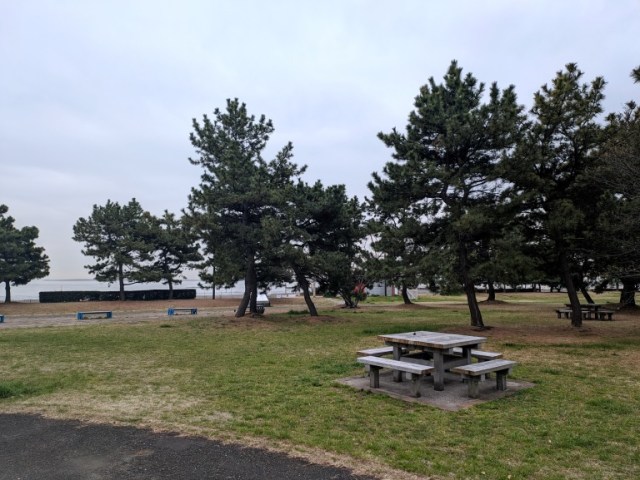
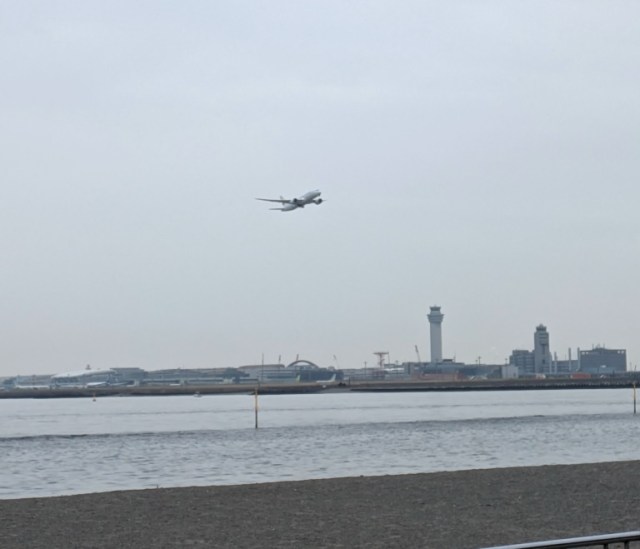
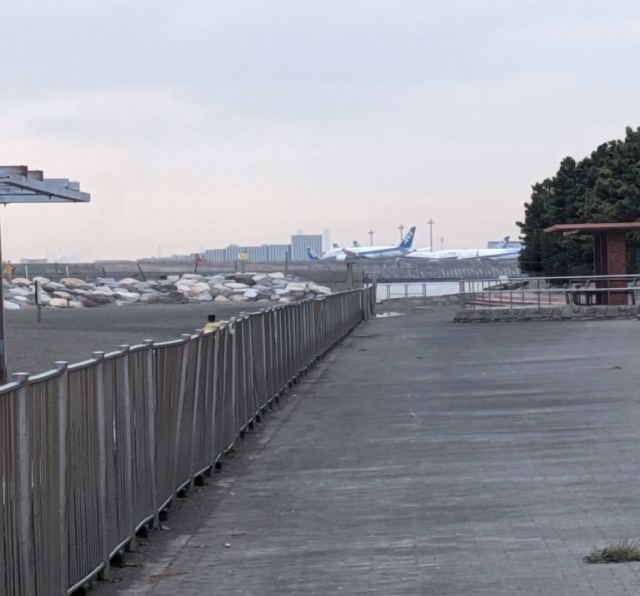
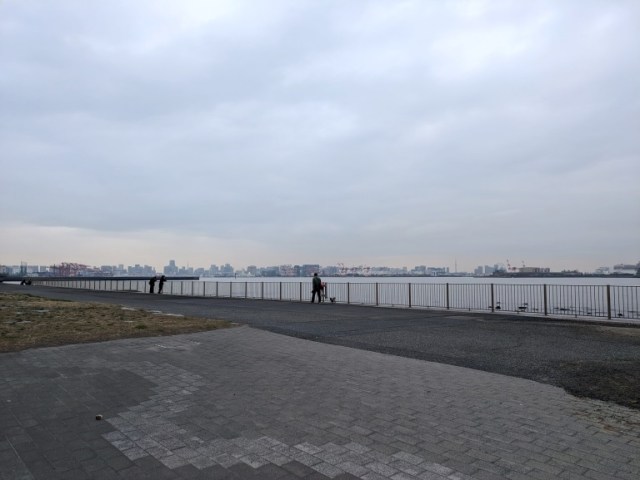


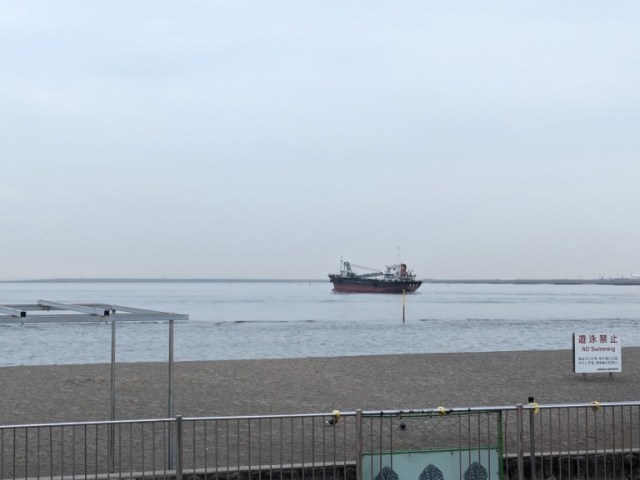
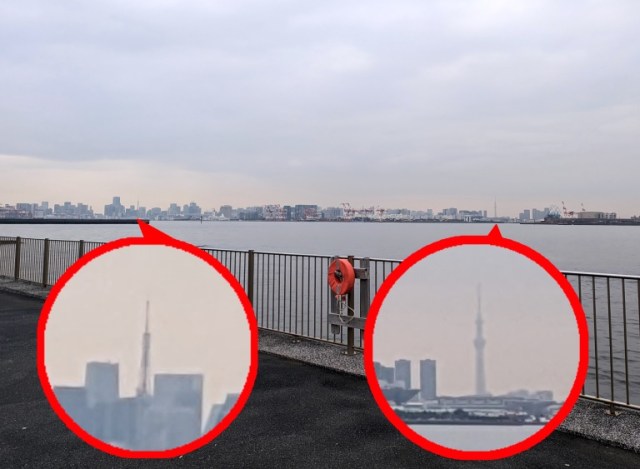
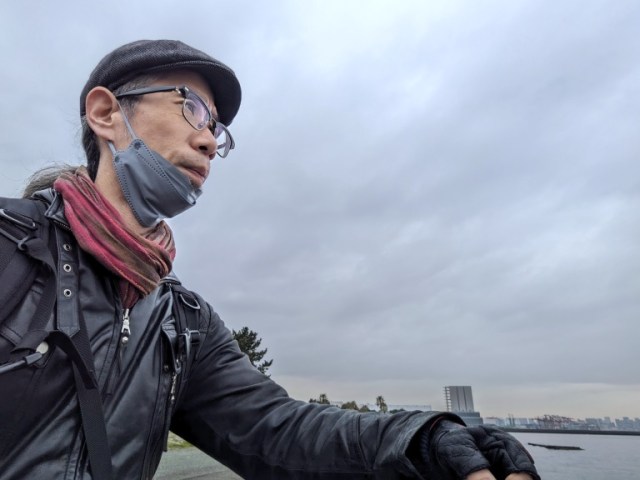
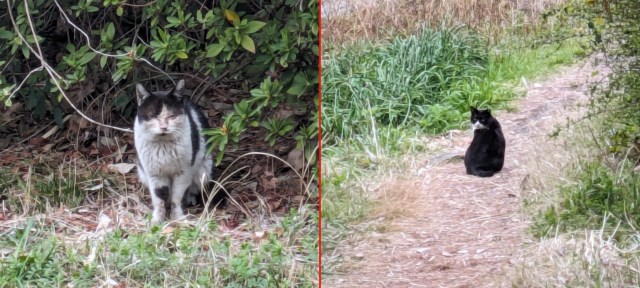
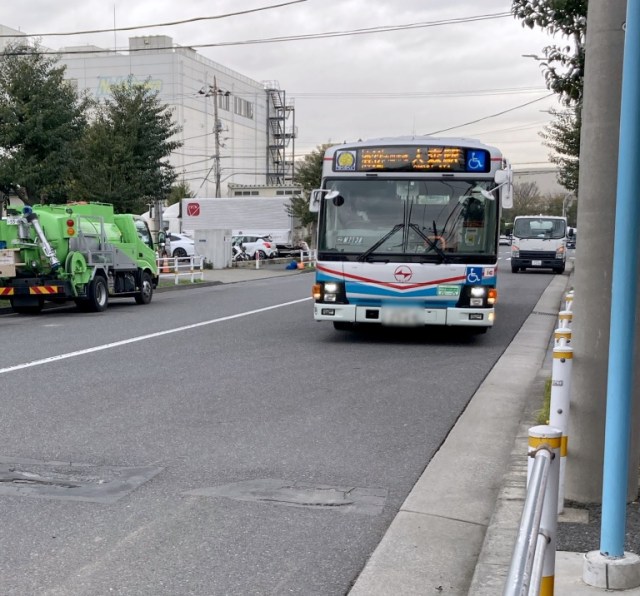
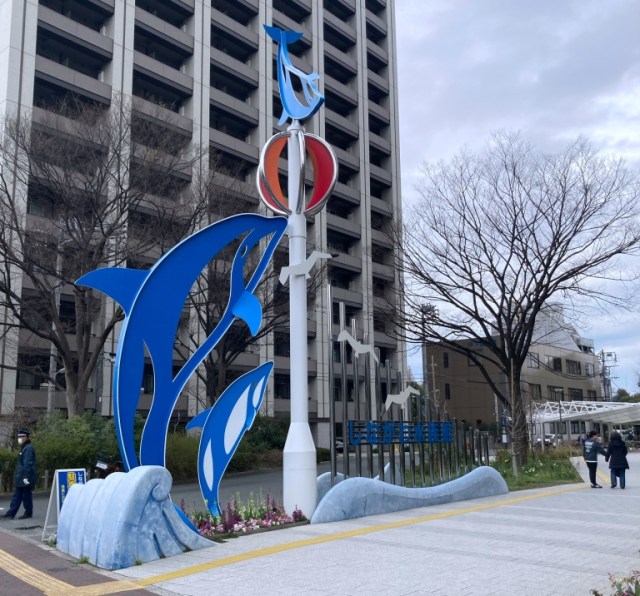
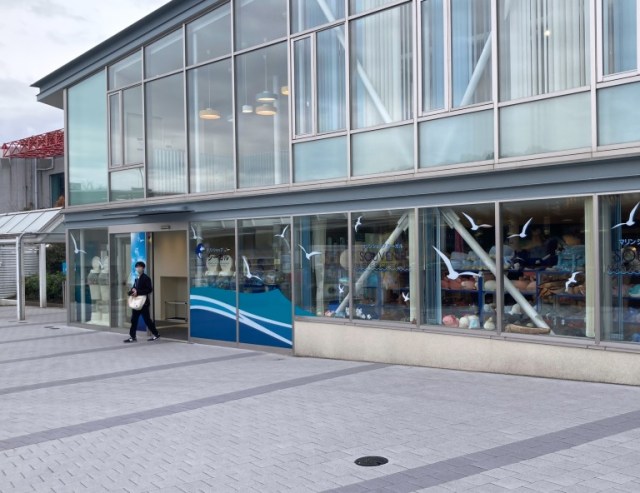
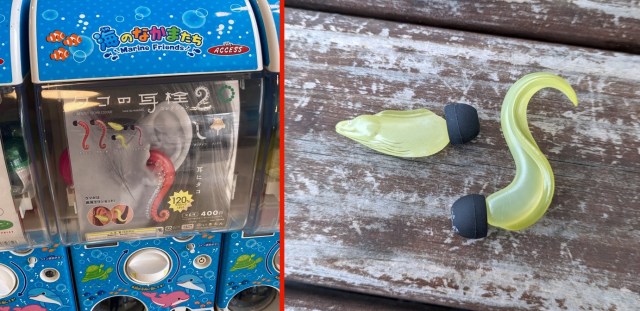
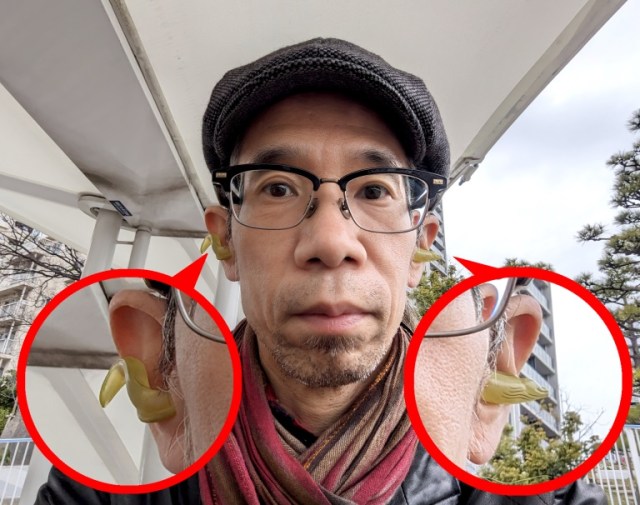
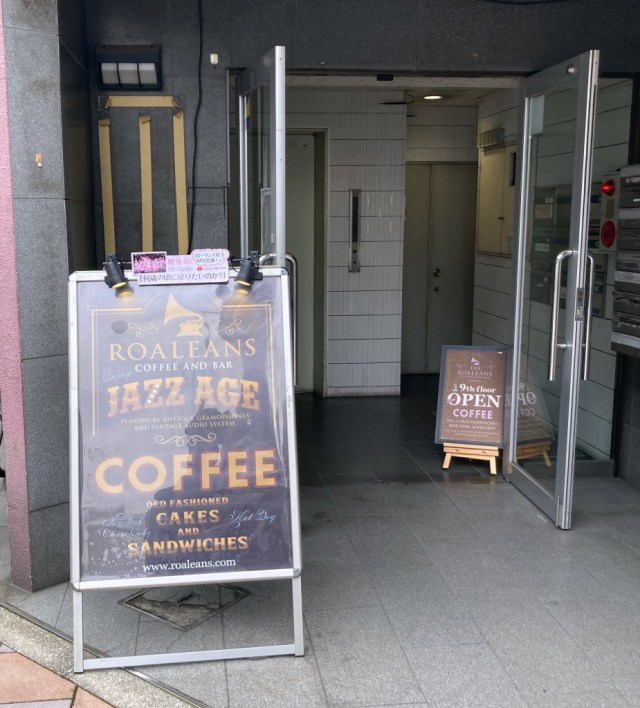
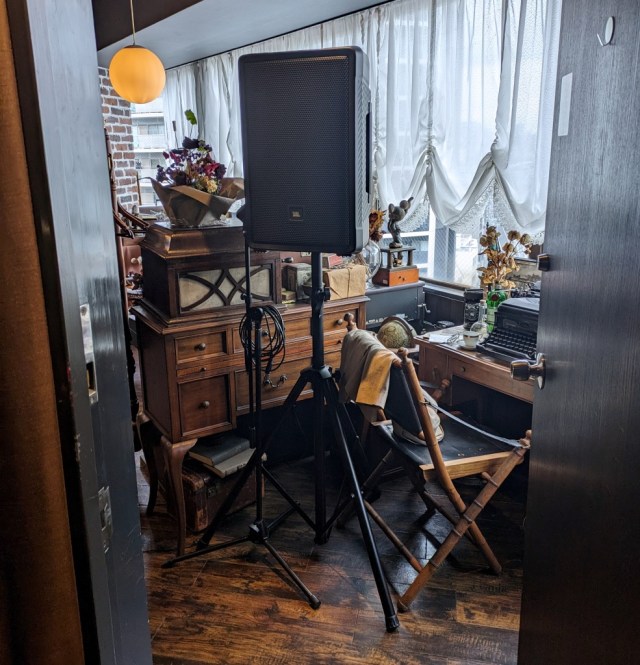
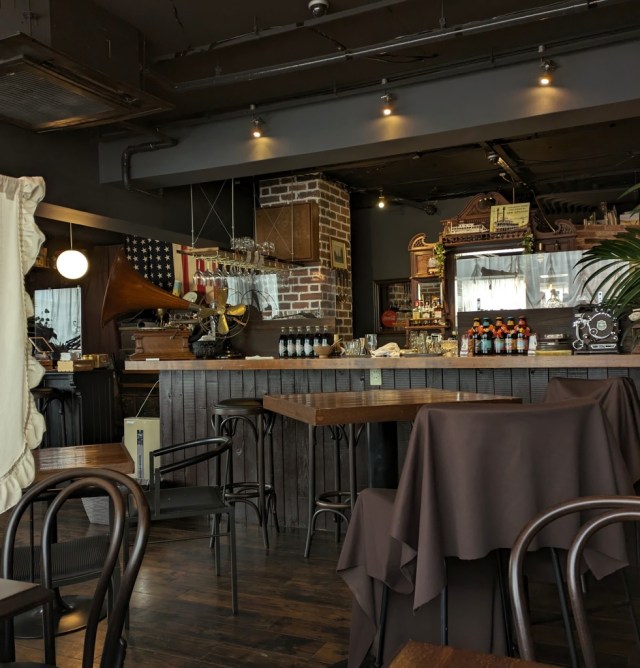
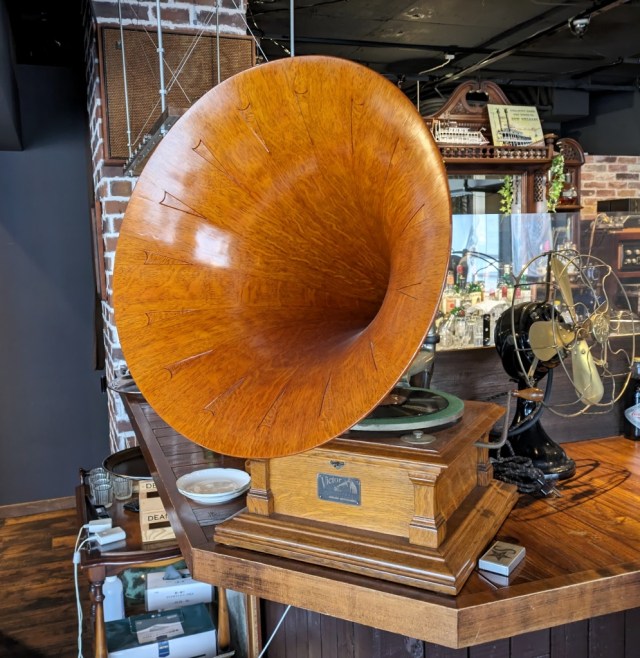

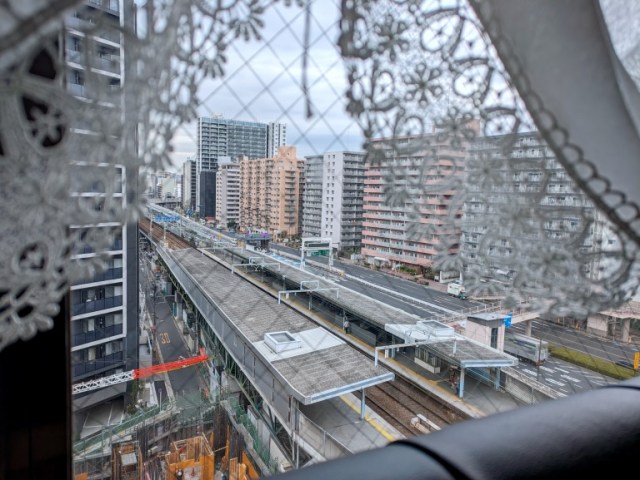
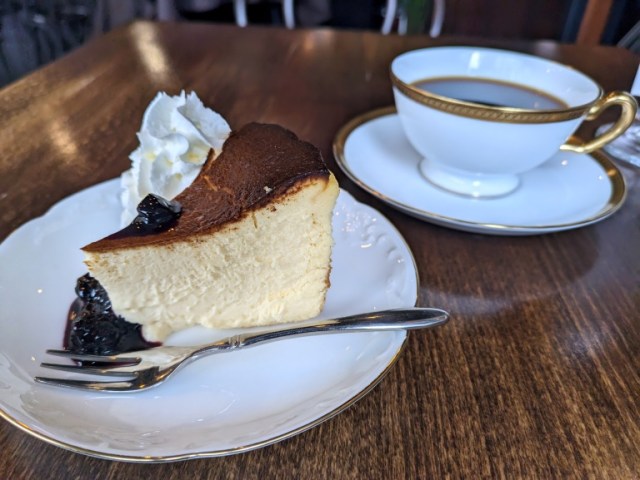
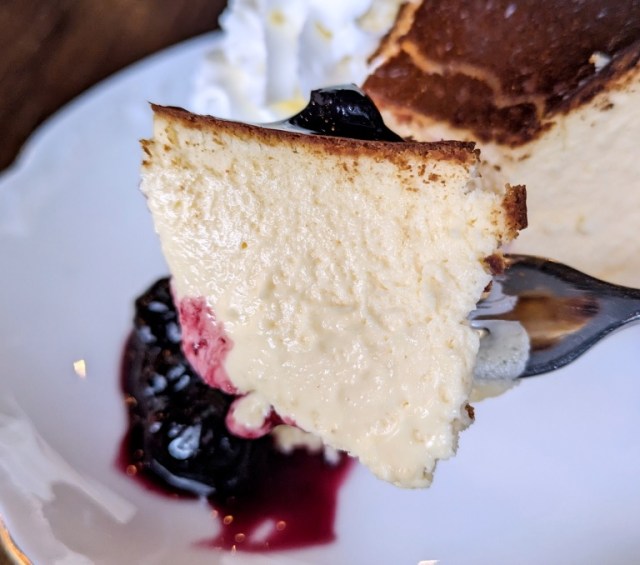
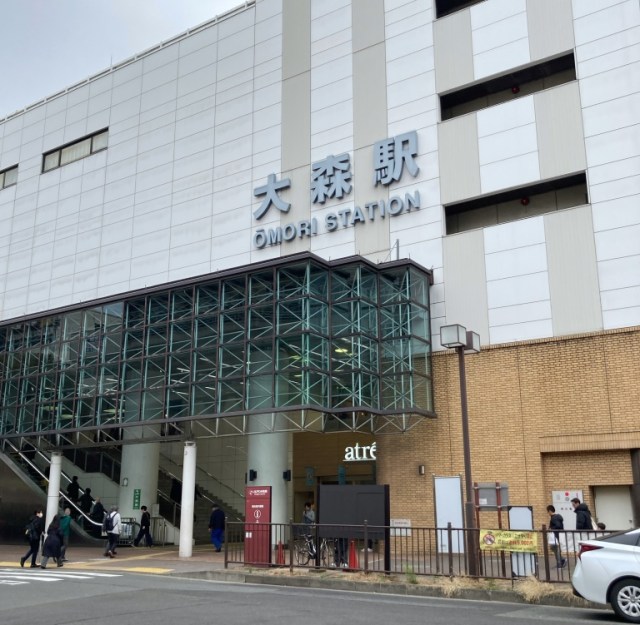
 A visit to one of Japan’s motorcycle Shinto shrines
A visit to one of Japan’s motorcycle Shinto shrines Bus driver’s kind service towards blind passenger wins praise from Taiwanese netizens
Bus driver’s kind service towards blind passenger wins praise from Taiwanese netizens Mr. Sato channels his inner Elsa, books a night at a Hokkaido ice hotel 【Photos】
Mr. Sato channels his inner Elsa, books a night at a Hokkaido ice hotel 【Photos】 Sushi Dai and other famous restaurants from Tsukiji fish market open at new Toyosu location
Sushi Dai and other famous restaurants from Tsukiji fish market open at new Toyosu location Mr. Sato stuffs himself at an all-you-can-eat bakery event and ascends to carb heaven【Pics】
Mr. Sato stuffs himself at an all-you-can-eat bakery event and ascends to carb heaven【Pics】 Foreigner’s request for help in Tokyo makes us sad for the state of society
Foreigner’s request for help in Tokyo makes us sad for the state of society One of Japan’s oldest castles now lets travelers spend night on the grounds, drink in its keep
One of Japan’s oldest castles now lets travelers spend night on the grounds, drink in its keep McDonald’s Japan’s new pancake pie is a taste sensation
McDonald’s Japan’s new pancake pie is a taste sensation Two things to do, and two things not to do, when leaving a traditional Japanese inn
Two things to do, and two things not to do, when leaving a traditional Japanese inn Studio Ghibli unveils new goods that tip the hat to The Cat Returns
Studio Ghibli unveils new goods that tip the hat to The Cat Returns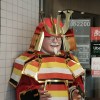 History’s largest force of Samurai Colonel Sanders deploying to KFC Japan branches
History’s largest force of Samurai Colonel Sanders deploying to KFC Japan branches Studio Ghibli unveils massive T-shirt collection featuring top anime movie characters
Studio Ghibli unveils massive T-shirt collection featuring top anime movie characters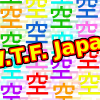 W.T.F. Japan: The top five “sora” references of all time! 【Weird Top Five】
W.T.F. Japan: The top five “sora” references of all time! 【Weird Top Five】 Hatsune Miku comes to Magic: The Gathering with official crossover cards【Photos/Video】
Hatsune Miku comes to Magic: The Gathering with official crossover cards【Photos/Video】 Japanese ramen restaurants under pressure from new yen banknotes
Japanese ramen restaurants under pressure from new yen banknotes Bad tourist manners at Mt Fuji Lawson photo spot prompts Japanese town to block view with screens
Bad tourist manners at Mt Fuji Lawson photo spot prompts Japanese town to block view with screens Red light district sushi restaurant in Tokyo shows us just how wrong we were about it
Red light district sushi restaurant in Tokyo shows us just how wrong we were about it Japanese city loses residents’ personal data, which was on paper being transported on a windy day
Japanese city loses residents’ personal data, which was on paper being transported on a windy day McDonald’s new Happy Meals offer up cute and practical Sanrio lifestyle goods
McDonald’s new Happy Meals offer up cute and practical Sanrio lifestyle goods Ghibli Park now selling “Grilled Frogs” from food cart in Valley of Witches
Ghibli Park now selling “Grilled Frogs” from food cart in Valley of Witches New definition of “Japanese whiskey” goes into effect to prevent fakes from fooling overseas buyers
New definition of “Japanese whiskey” goes into effect to prevent fakes from fooling overseas buyers Our Japanese reporter visits Costco in the U.S., finds super American and very Japanese things
Our Japanese reporter visits Costco in the U.S., finds super American and very Japanese things All-you-can-drink Starbucks and amazing views part of Tokyo’s new 170 meter-high sky lounge
All-you-can-drink Starbucks and amazing views part of Tokyo’s new 170 meter-high sky lounge More foreign tourists than ever before in history visited Japan last month
More foreign tourists than ever before in history visited Japan last month New Pokémon cakes let you eat your way through Pikachu and all the Eevee evolutions
New Pokémon cakes let you eat your way through Pikachu and all the Eevee evolutions Disney princesses get official manga makeovers for Manga Princess Cafe opening in Tokyo
Disney princesses get official manga makeovers for Manga Princess Cafe opening in Tokyo French Fries Bread in Tokyo’s Shibuya becomes a hit on social media
French Fries Bread in Tokyo’s Shibuya becomes a hit on social media Sales of Japan’s most convenient train ticket/shopping payment cards suspended indefinitely
Sales of Japan’s most convenient train ticket/shopping payment cards suspended indefinitely Sold-out Studio Ghibli desktop humidifiers are back so Totoro can help you through the dry season
Sold-out Studio Ghibli desktop humidifiers are back so Totoro can help you through the dry season Japanese government to make first change to romanization spelling rules since the 1950s
Japanese government to make first change to romanization spelling rules since the 1950s Ghibli founders Toshio Suzuki and Hayao Miyazaki contribute to Japanese whisky Totoro label design
Ghibli founders Toshio Suzuki and Hayao Miyazaki contribute to Japanese whisky Totoro label design Doraemon found buried at sea as scene from 1993 anime becomes real life【Photos】
Doraemon found buried at sea as scene from 1993 anime becomes real life【Photos】 Tokyo’s most famous Starbucks is closed
Tokyo’s most famous Starbucks is closed One Piece characters’ nationalities revealed, but fans have mixed opinions
One Piece characters’ nationalities revealed, but fans have mixed opinions We asked a Uniqlo employee what four things we should buy and their suggestions didn’t disappoint
We asked a Uniqlo employee what four things we should buy and their suggestions didn’t disappoint Okinawa man hired to steal 1,500 Pokémon cards arrested in Tokyo
Okinawa man hired to steal 1,500 Pokémon cards arrested in Tokyo Pretty Princess Sato: Our hero gets his makeup done by a pro, brings all the boys to the yard
Pretty Princess Sato: Our hero gets his makeup done by a pro, brings all the boys to the yard Mr. Sato returns to the line, waits three nights for an iPhone 11
Mr. Sato returns to the line, waits three nights for an iPhone 11 Mr. Sato attempts to conquer mountains of shaved ice at all-you-can-eat event
Mr. Sato attempts to conquer mountains of shaved ice at all-you-can-eat event Mr. Sato asks the police how he can avoid getting hassled by them
Mr. Sato asks the police how he can avoid getting hassled by them Mr. Sato eats a Japanese sweet potato brulée so good that it just about knocks his socks off
Mr. Sato eats a Japanese sweet potato brulée so good that it just about knocks his socks off “Grilled corn” and “gyoza” flavored shaved ice sold at Saitama cafe
“Grilled corn” and “gyoza” flavored shaved ice sold at Saitama cafe $89 “Phantasmal Sushi Roll” fancies up life with Matsusaka beef and truffle salt 【Taste Test】
$89 “Phantasmal Sushi Roll” fancies up life with Matsusaka beef and truffle salt 【Taste Test】 Is that restaurant in Tokyo with the giant mecha crab sign any good?
Is that restaurant in Tokyo with the giant mecha crab sign any good? Beautiful booth models and tasty chow – A non-car guide to the Tokyo Motor Show【Photos】
Beautiful booth models and tasty chow – A non-car guide to the Tokyo Motor Show【Photos】 “Prisoner of Short Ribs”: Yoshinoya’s first sister restaurant in 10 years (maybe 8?)【Taste test】
“Prisoner of Short Ribs”: Yoshinoya’s first sister restaurant in 10 years (maybe 8?)【Taste test】 Smooth Mayonnaise Pudding served up in honor of Kewpie’s 100th anniversary
Smooth Mayonnaise Pudding served up in honor of Kewpie’s 100th anniversary What’s the best part of Tokyo to live in, and why? Survey gives the top six picks
What’s the best part of Tokyo to live in, and why? Survey gives the top six picks Japan’s Shachi Bus offers tour with no destination or leaving the bus, but something’s fishy…
Japan’s Shachi Bus offers tour with no destination or leaving the bus, but something’s fishy… Douhua, a delicious tofu pudding, is Mr. Sato’s new favourite food
Douhua, a delicious tofu pudding, is Mr. Sato’s new favourite food Mr. Sato tries to get ladies by transforming into a creepy version of L’Arc-en-Ciel’s Hyde
Mr. Sato tries to get ladies by transforming into a creepy version of L’Arc-en-Ciel’s Hyde
Leave a Reply